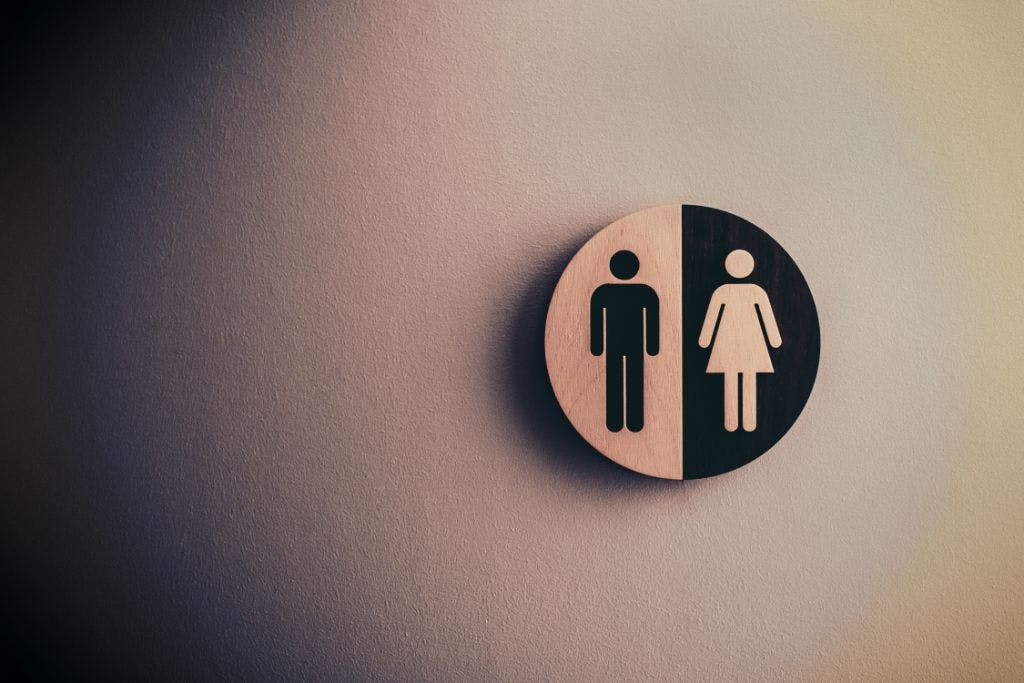First published on Friday, November 26, 2021
Last updated on Friday, September 6, 2024
Discrimination is specific to the “less favourable” treatment of another person based on protected characteristics, as defined by the Equality Act 2010. Such treatment will put the discriminated person at a disadvantage, potentially causing emotional distress and financial loss.
While positive steps have been taken for the prevention of discrimination, it’s still a major issue for employers and employees.
For your awareness, we’ll highlight the various types and legal implications of discrimination here. Ensuring that you fulfil your responsibilities for the prevention and handling of discrimination in the workplace.
What are the different types of discrimination?
As mentioned, the different types of discrimination are set out in the UK Equality Act. More specifically, it highlights these 9 legally protected characteristics:
Age
Disability
Gender reassignment
Marriage and civil partnership
Pregnancy and maternity
Race
Religion or belief
Sex
Sexual orientation
A legal claim may be brought against you, where there has been discrimination on these grounds. This may lead to the prosecution of employees, customers, or anybody else found to have acted in a discriminatory way.
It’s important to note that legal action may also be taken against you under the category of vicarious liability if you could have taken steps to prevent the discrimination. So, it’s best to contact employment law professionals if you’re ever in doubt.
The 4 types of dicrimination
The Equality Act makes a distinction between the 4 types of discrimination, as follows:
Direct discrimination
This type of discrimination may involve discrimination against a person based on a protected characteristic that they are known or thought to possess. Otherwise, the discrimination might be targeted against a direct association (such as a close friend or family member).
Here are some examples of direct discrimination in the workplace:
Refusal to hire a candidate for the sole reason of race or ethnicity
Excluding a disabled employee from training or professional development opportunities based on the assumption of reduced capabilities
For more information on this type of discrimination, see what is direct discrimination?
Indirect discrimination
Often the result of a lack of thought or planning, indirect discrimination is when discrimination has occurred that may not be intentional or immediately obvious. It involves the setting of general rules or arrangements which are unfair to those with protected characteristics.
Here are some indirect discrimination workplace examples:
Introducing a strict dress code specifying that all employees must be clean-shaven, despite this going against some religions
Setting a strict 9-5 working policy, which may discriminate against disabled employees only available for certain hours due to their need for medical treatment
Setting a rule that requires all employees to work full time, which may discriminate against female employees, as women tend to take on childcare more than men
For more information on this type of discrimination, see what is indirect discrimination?
Harassment
This type of discrimination involves unwanted behaviour based on a protected characteristic that a person is known or thought to have. It violates that person’s dignity, likely causing offence and distress.
Instances of workplace harassment might involve:
Bullying related to a protected characteristic
Gossiping and spreading rumours
Asking inappropriate questions
Making offensive comments
For more information on this type of discrimination, see harassment at work.
Victimisation
A person may be victimised where they are treated unfairly after making or supporting an allegation of discrimination in good faith.
Workplace victimisation might involve:
Unreasonably terminating an employee’s contract under the pretext of "restructuring" or "redundancy" after they’ve made a claim of harassment
Excluding an employee from key meetings, projects, or training opportunities following their sharing of evidence in support of a colleague’s discrimination case
The refusal of previously granted benefits after an employee complains of unfair treatment
Your legal responsibilities as an employer
As a UK employer you have a responsibility to prevent and take action following any discrimination under the Equality Act. You must take care to avoid the different kinds of discrimination on your part and arrange safeguards against the unfair behaviour of others.
You also have a duty of care to ensure the wellbeing of your workforce. This applies at all stages of the employee lifecycle, including recruitment, training and promotion.
Failure to fulfil these responsibilities might result in:
Potentially costly and time-consuming legal proceedings
Reduction of staff morale, productivity, and retention
Negative impacts on your business reputation and relationships
Preventing workplace discrimination
It’s vital that you’re aware of and maintain compliance with the Equality Act, plus any other legislation that applies to discrimination in the workplace. Such considerations will be key when setting company policies and communicating with employees.
You should also have measures in place to monitor and identify any instances of discrimination.
In particular, you should look out for:
Instances of unfair treatment
Exclusion of workers with protected characteristics
Inequality of payment and other company benefits
Favouritism of workers with particular characteristics
There are a range of proactive measures and best practices that you can apply for the effective prevention of workplace discrimination.
In the first instance, you should take a positive approach to the promotion of diversity and inclusion. There should be equal opportunities for all employees, regardless of individual characteristics. And you must prioritise the professional handling of any grievances or instances of discrimination.
Get 24/7 support from BrightHR
Just to recap, it’s essential that you maintain awareness and take steps to prevent the kinds of discrimination highlighted under the Equality Act. This may prove a challenge, given the regularity of employment law changes and potential for emerging employee issues.
However, BrightHR offers the assurance of round-the-clock legal advice at relatively low cost. You’ll find it that much easier to meet your legal obligations and keep your staff happy when you have unlimited access to our up-to-date library of policies, templates and guides.
See the difference with your free BrightHR demo.
Have a question?
Ask away, we’ve got lightning fast answers for UK business owners and employers powered by qualified experts.










